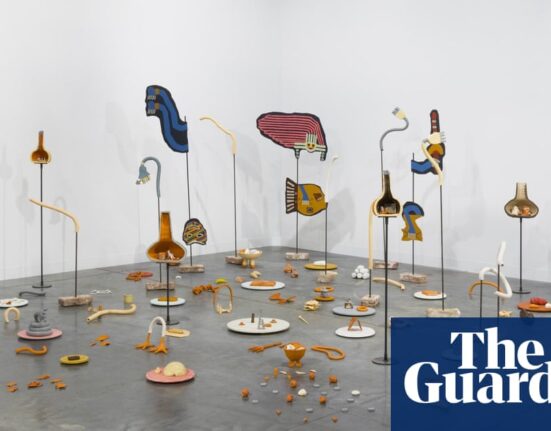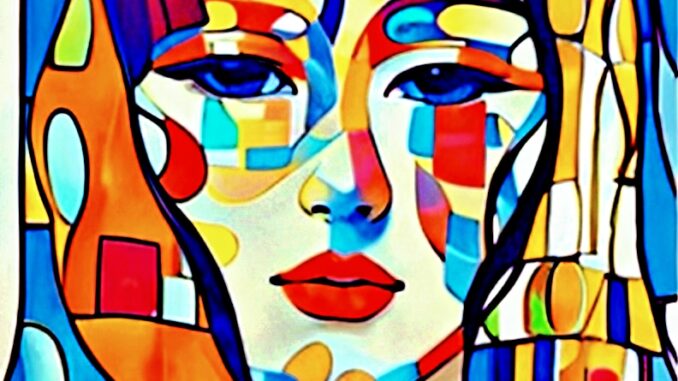
Jon Planas is a Peruvian-born, Los Angeles-based artist who has been creating art since the age of seven or eight years old when he was getting his hands wet with mud as he created small figurines to resemble animals likes frogs, fish, and other creatures. At the same time he was also very into animated cartoons and entered a school of drawing. Little did he know then that this would launch into the career in art that he still has today.
In the 1980s Planas became a popular, principal figure in the New York art scene in the 1980s at a time when punk rock and the gritty art scene were what the city was all about. Cyndi Lauper was a fan of Planas’ iconic work and was known to wear a jacket which the artist was known for. Absolut Vodka vodka commissioned the artist to create a label for the vodka bottles, a campaign that proved to be very successful and further put Planas’ name on the map in terms of artwork in branding. He was one of the first Latin American artists to do such a thing at the time.
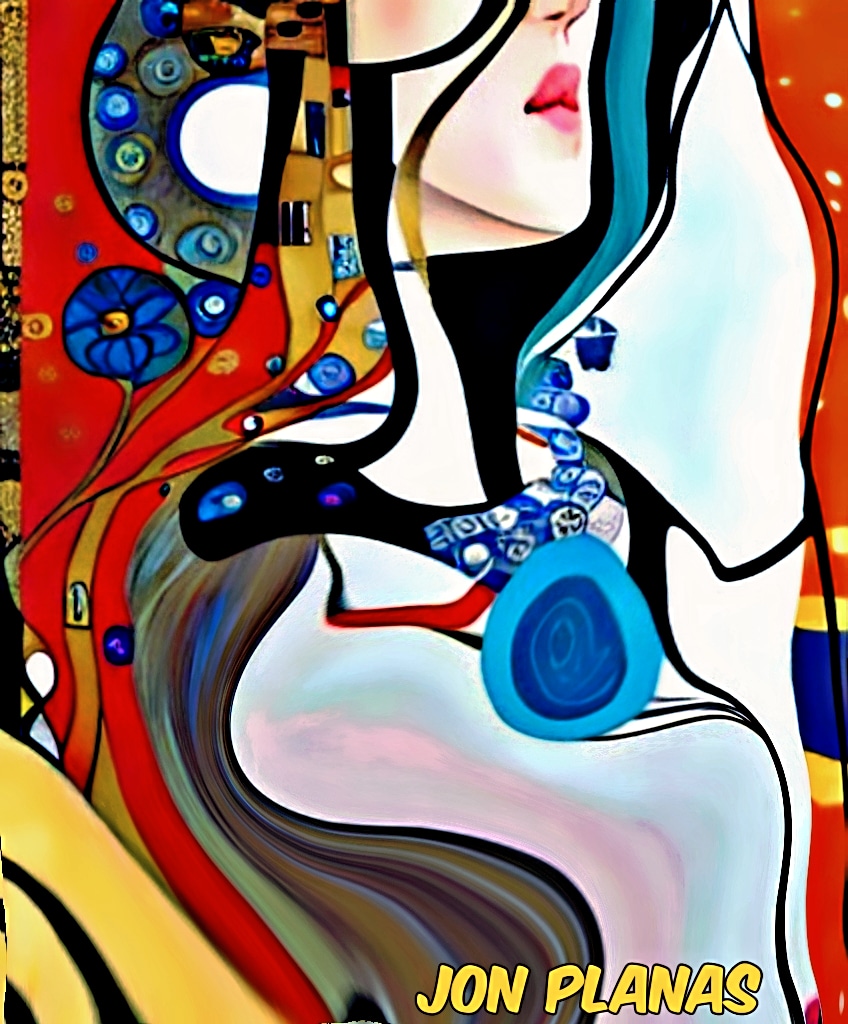
In terms of the ‘80s, Planas says that it was a fun time filled with color and vibrancy. “When I look back, the eighties were a lot of fun, with color everywhere. It was a time when bands like Duran Duran and clubs were all the rage. Unique ways of dressing was the norm and it was the time of the ‘Super Artist’ like Jean Michel Basquiat, Andy Warhol and other luminaries.”
In the 1990s Planas left New York City for Los Angeles, where he still resides and works today. For years, in his neighborhood in Hollywood, he was simply known as “Absolut Jon” because of his iconic work with the brand. Everyone knew his labels. But Planas is confident in saying he is far from that artist today, as his work has evolved over the years. “Older and wiser,” he jokingly says of his growth as an artist.
For more information and an online appointment, please contact Jon Planas Fine Art by email at jo*************@gm***.com
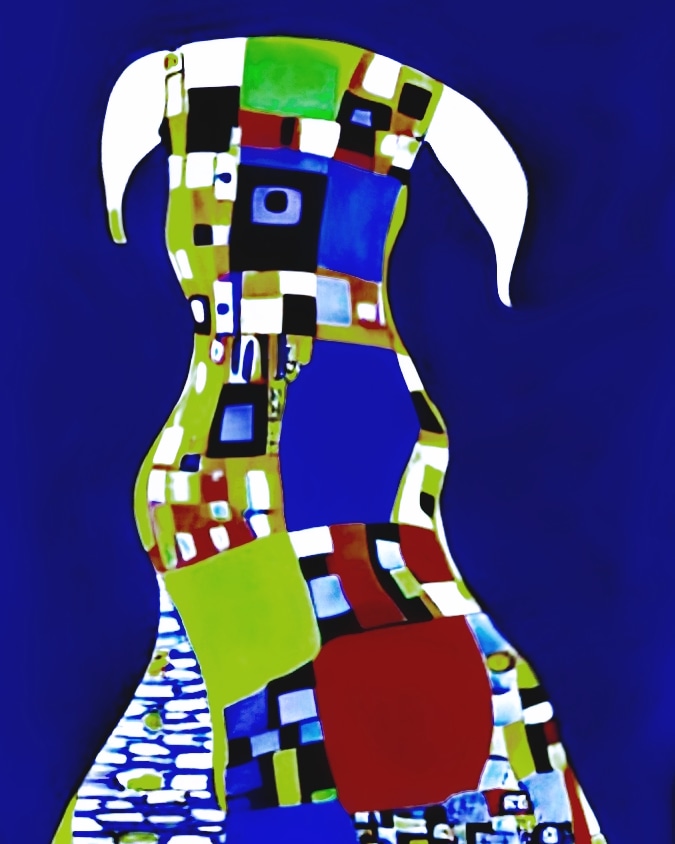
He’s now dabbled in the world of digital art and recognizes the responsibility artists have when melding traditional artistic disciplines with digital tools. On this note, he speaks of the significance and impact that Artificial Intelligence (AI) that these tools may have on both the art world and the world in general. “AI opens up unprecedented possibilities. This intersection of AI and traditional art will allow artists to delve into new realms of creativity and push boundaries, redefining art as we know it. It’s a thrilling era for artists in which creativity can flourish.” He notes that it will allow artists to push the boundaries of artistic expression and offer a unique, new avenue for exploration.
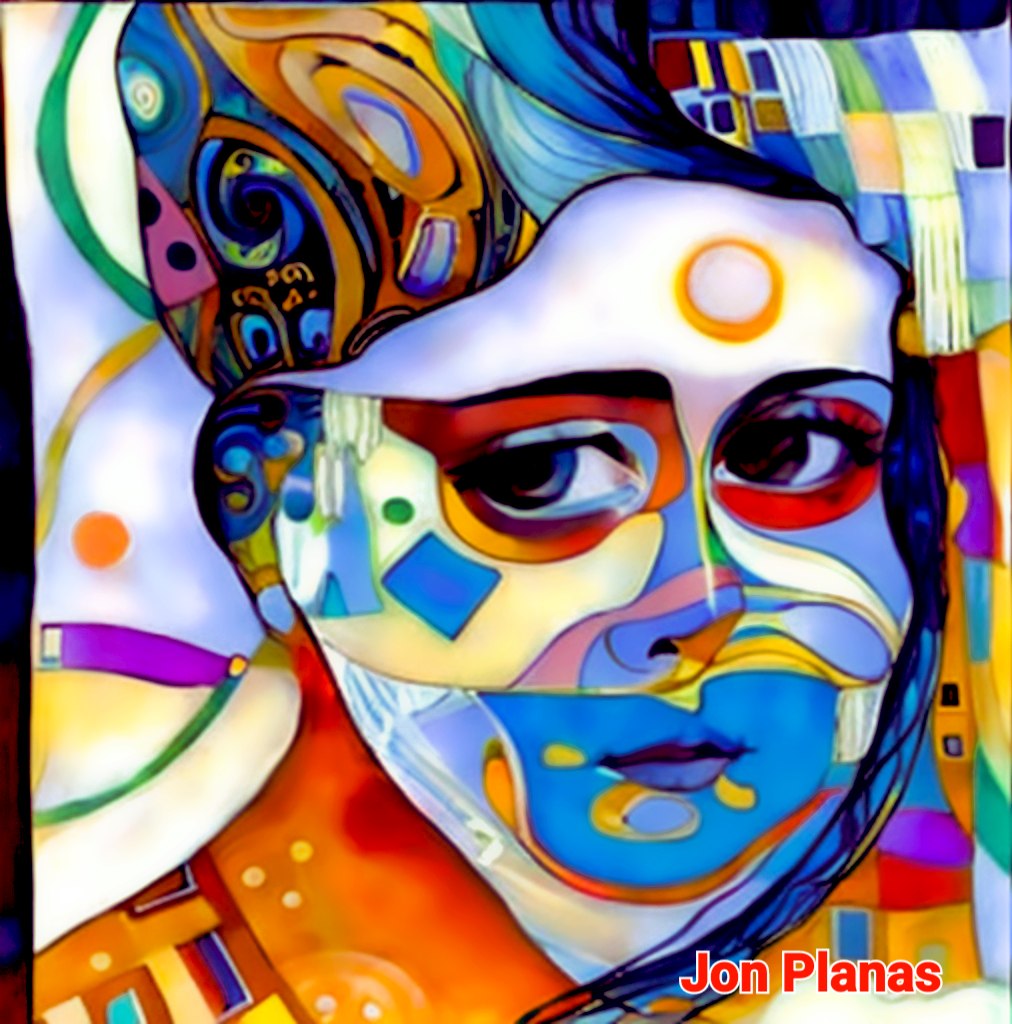
In terms of his own work, Planas says that his work is now a blending of influences from the Art Nouveau era, noting the work of the Austrian painter Egon Schiele (1890-1918) who had a cultish following in his short-but-impactful life. Using his paintings as a source of inspiration, Planas calls his own interpretation of Schiele’s work “Planas Nouveau.” But that’s not all for the artist. He has bigger plans to venture into a more multidimensional, artistic environment, integrating set design, digital art and projections of reflections of the spoken word with the help of AI. He plans to call these more ambitious projects “Planosphere” and admits that he has no idea where or how his artistic ideas may unfold. “In short, it’s a great time to be a thinker and to spend the time in deep meditation to arrive at conclusions as you go along on your own path, to allow yourself to come into personal goals and styles that are yet to be born. I say if you’re an artist, get with it, get at it and stay cool.” Artist Jon Planas certainly is proving to be doing both quite well these days.


